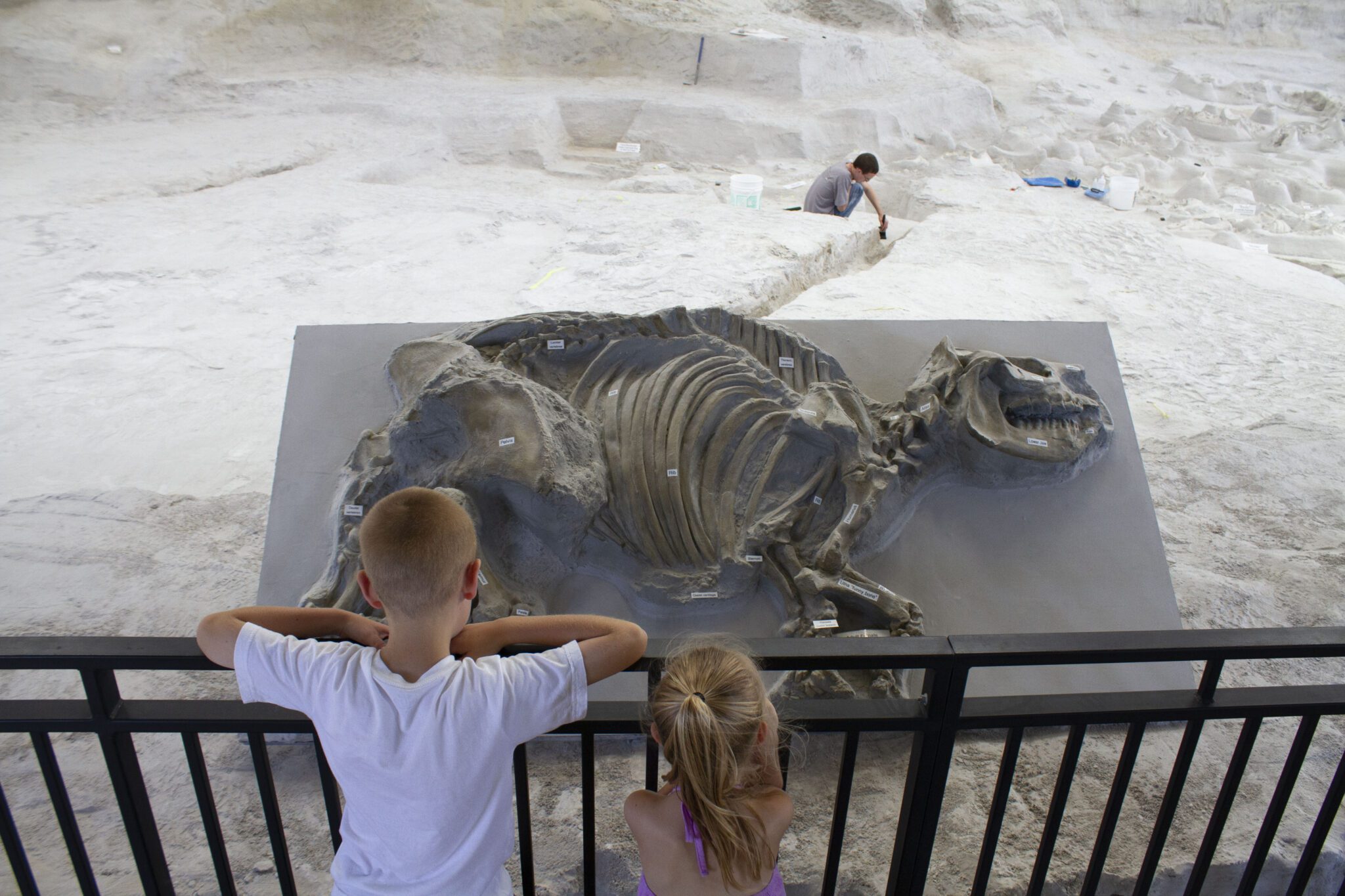Trustee Gives Back to Storied Scholarship
By Robyn Murray
For Larry Bradley, scholarship support was the chance he needed. Growing up in a modest neighborhood in North Omaha, Bradley’s father was a truck driver and his mother worked in the public school system. Neither had attended college, but they made sure their children knew college was their future.
Not going was not an option, Bradley said, although how to pay for it was less clear.
“None of us could afford to attend school without significant assistance and financial aid,” he said. “We definitely needed that as a family.”
Bradley worked full time while attending the University of Nebraska at Omaha — enrolling in summer school and night classes to fit the coursework around work schedules. Bradley ticked off several jobs he held from middle school through college: caddie at the Omaha Country Club; dishwasher; busser; and bank teller. “You name it, I did it,” he said.
Working helped Bradley pay for living expenses and other essentials. But to cover his tuition, he received assistance from a storied institution that proved to be a crucial lifeline: the Goodrich Scholarship Program.


Established in 1972 through legislation championed by Nebraska Sen. Glenn Goodrich, the Goodrich Scholarship Program provides tuition assistance for high-achieving students, many of whom are first generation, low income and underrepresented. It also provides robust support services, which Bradley leaned on.
“I relied on Goodrich to mentor me through school,” Bradley said. “I developed really tight relationships with the Goodrich professors. The overall family of support that Goodrich provided was pretty remarkable, especially for a young struggling kid.”
Goodrich requires students to complete a two-year humanities and social science curriculum that emphasizes cultural and intellectual diversity. Bradley said the courses were some of his favorites at UNO, and the program’s emphasis on diversity provided valuable perspective.
“It really did give me a very broad, diverse outlook,” Bradley said. “I personally support a wide variety of philanthropic causes that are devoted to first-generation college students and students of color and individuals with diverse backgrounds. It’s very important to me, and I think a lot of that perspective was formed as a result of my experience at Goodrich.”
The support Goodrich provided and the experience of juggling multiple priorities laid the groundwork for a successful career. Bradley, who is a University of Nebraska Foundation Trustee, currently oversees 90,000 employees as global head of audit at KPMG International, where he has worked for more than 40 years.
In gratitude for that success, Bradley has given back to the Goodrich program for decades, supporting supplemental funds for textbooks and summer school courses that are not covered by the state-funded scholarship. Recently, he established an endowed professorship, which he hopes will help ensure the long-term sustainability of the program. Student access and success and creating new endowed professorships are top priorities of the Only in Nebraska campaign.
Graduates of the Goodrich program have gone on to become lawyers, educators, doctors, artists and business professionals. Bradley said Goodrich offers the means for students from all backgrounds to succeed.
“If there’s a way to break out of a cycle of poverty and to really make a difference,” Bradley said, “there’s no question that having scholarship support to allow students to achieve a college degree is critical to making that a possibility.”







